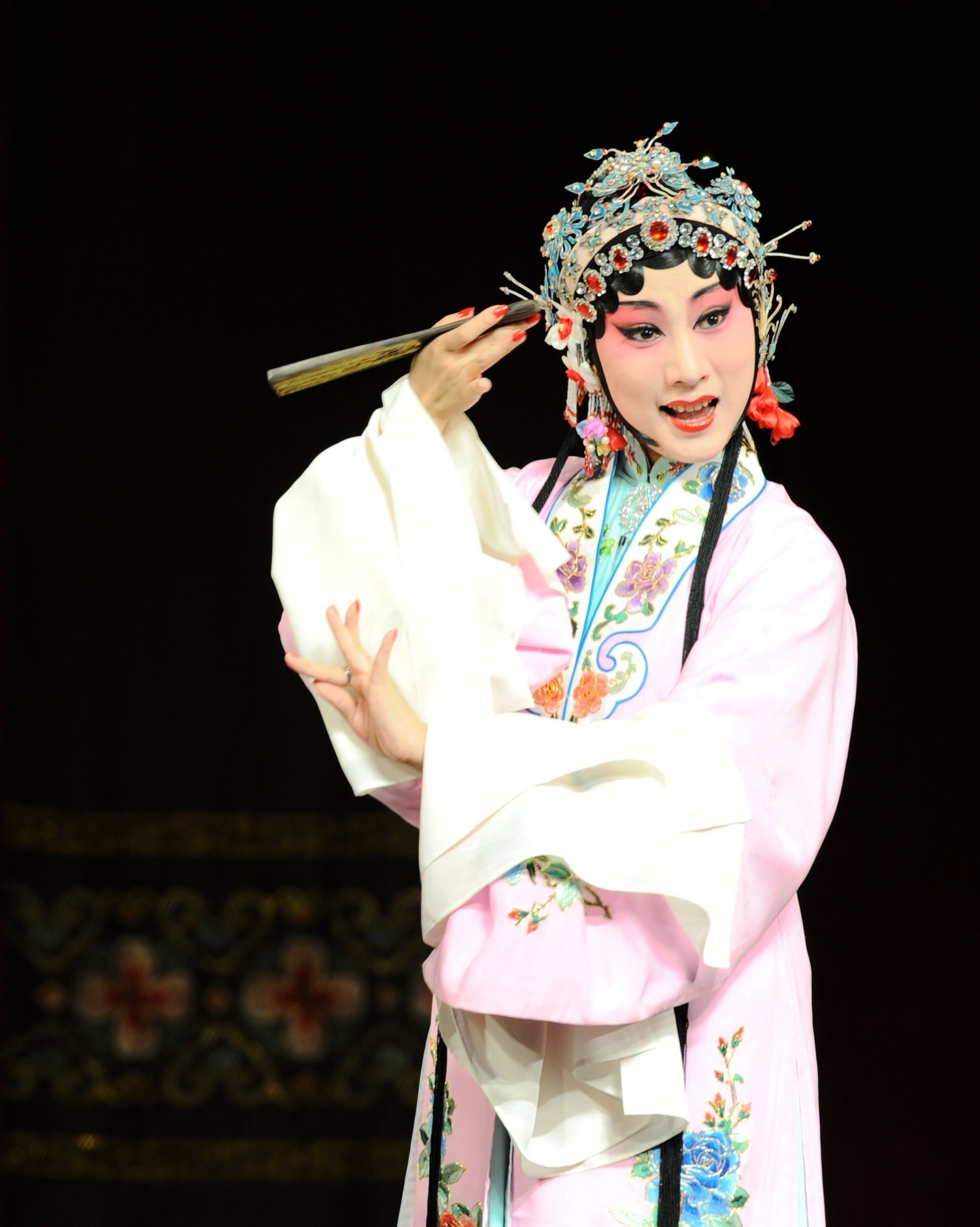Taicang: Incubator of Kunqu opera

A Kunqu opera actor performs Peony Pavilion.
According to textual research, the southern suburbs of Taicang of Jiangsu Province was where Wei Liangfu, originator of Kunqu opera, created the Shuimo Qiang, a melody sung in the mainstream style of the opera. But few know that Taicang is also the birthplace of Kunshan Qiang, the predecessor of Shuimo Qiang. Shuimo Qiang and Kunshan Qiang are also used by people to refer to Kunqu opera.
Taicang used to be a village and was part of Kunshan County, Jiangsu Province. In the 10th year of the reign of Emperor Hongzhi (1488-1505) in the Ming Dynasty (1368-1644), the village’s status was upgraded to that of a zhou, which was a higher administrative division.
As early as the Yuan Dynasty (1206-1368), a number of literati were active in promoting the development of Kunqu opera. Notable intellectuals such as Gu Aying , Yang Weizhen and Ni Yunlin were proficient in melodies or playing the xiao, a type of vertical bamboo flute, as well as the stringed pipa and other instruments. Some even wrote poems to serve as lyrics for operas, attracting many people to sing in Kunshan melody, including the West Lake ZhuZhi poem by Yang Weizhen and Pipa Ji by Gao Ming.
Their behaviors helped to shape and spread the Kunshan melody.
After Kunqu opera emerged, two written works made a great contribution to its further development—the treatise Qu Zao and a legend titled Ming Feng Ji—by Wang Shizhen. Wang was a Taicang local and a member of The Latter Seven Masters, a Ming Dynasty poetry circle composed of Li Panlong, Wang Shizhen, Xie Zhen, Zong Chen, Liang Youyu, Xu Zhongxing, and Wu Guolun.
A pioneering work of Kunqu opera theoretical criticism, Qu Zao discussed many major issues pertaining to the opera. Ming Feng Ji covers significant social events, featuring real characters and true stories, which was an innovation.
At that time, Wang Shizhen had his own troupe that performed his operas. Another person in Taicang who also had a troupe of his own was Wang Xijue, a governmental official in the Ming Dynasty. The troupe was known for debuting the classic Kunqu opera Peony Pavilion.
Wang Xijue’s troupe became dedicated to Kunqu opera during the periods of Emperor Qianlong (1711-1799) and Jiaqing (1760-1820) of the Qing Dynasty (1616-1911). They not only performed operas but also trained Kunqu actors. The troupe survived for several hundred years.
After the founding of the Republic of China, Kunqu opera continued to thrive in Taicang even as performances halted in most parts of the country.

 PRINT
PRINT CLOSE
CLOSE